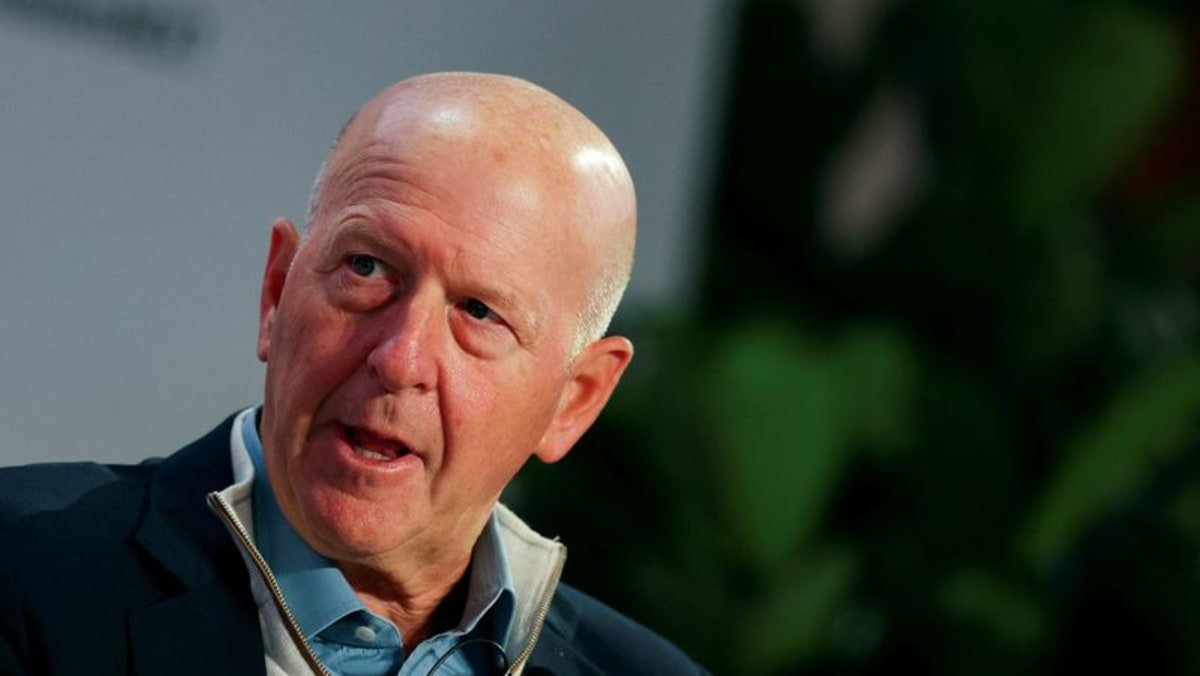Dollar broadly up, threatens 150 yen as benchmark Treasury yield climbs

SINGAPORE : The dollar was within a hair’s breadth of the closely watched 150 yen level on Friday, buoyed by a surge in the U.S. 10-year Treasury yield which in the previous session briefly reached 5 per cent for the first time since 2007.
The benchmark 10-year yield, which was last at 4.9813 per cent, has climbed some 35 basis points this week, driven by rising expectations that the Federal Reserve is likely to keep interest rates higher for longer and mounting U.S. fiscal concerns.
“The move up has been driven by the Fed leaving the market as a price insensitive buyer. Foreign demand has also waned. Combined with surprisingly large issuance from the deficit, it’s a classic supply and demand effect,” said Brian Jacobsen, chief economist at Annex Wealth Management.
That kept pressure on the yen, which last bought 149.83 per dollar, not far from the psychological threshold of 150 per dollar which some traders bet could trigger an intervention from Japanese authorities, as happened last year.
The dollar/yen pair tends to closely track changes in long-term Treasury yields, particularly in the 10-year maturity.
Sterling was likewise 0.08 per cent lower at $1.21285, though was some distance away from its two-week low of $1.2093 hit on Thursday.
In the broader currency market, the U.S. dollar edged higher, supported by elevated Treasury yields.
The dollar index gained 0.08 per cent to 106.29, though was on track for a weekly loss.
At a closely-watched speech on Thursday, Fed Chair Jerome Powell said the strength of the U.S. economy and continued tight labour markets could require still tougher borrowing conditions to control inflation, though rising market interest rates could reduce the need for the central bank to act.
“The market seems to be more comfortable with the view that the Fed is going to pause, or at least pass on a rate rise out of the Oct. 31-Nov. 1 meeting,” said Ray Attrill, head of FX strategy at National Australia Bank.
“Obviously, he’s still not shutting the door to the prospect of higher rates, but there were a few words in Powell’s (speech) that I do think represent a little bit of a softening in the tone.”
Money markets are almost fully expecting the Fed to keep interest rates on hold at its upcoming policy meeting, compared to a roughly 87 per cent chance a week ago, according to the CME FedWatch tool.
Elsewhere, the euro eased 0.04 per cent to $1.05755, while the Australian dollar lost 0.26 per cent to last stand at $0.6312.
The New Zealand dollar edged 0.35 per cent lower to $0.5829, after having slid to an over 11-month low of $0.5816 on Thursday.
The kiwi was on track for a weekly loss of nearly 1 per cent, further pressured by data earlier this week which showed New Zealand’s consumer inflation slowed to a two-year low in the third quarter.
In Asia, data on Friday showed Japan’s core inflation in September slowed below the 3 per cent threshold for the first time in over a year but stayed above the central bank target, though that did little to move the yen.
China is meanwhile due to announce its one and five-year loan prime rates later on Friday.
“I expect the loan prime rates to stay steady, given that they left the medium-term lending rate unchanged this month,” said Carol Kong, a currency strategist at Commonwealth Bank of Australia. “Usually they move in lockstep.”
Source: CNA















